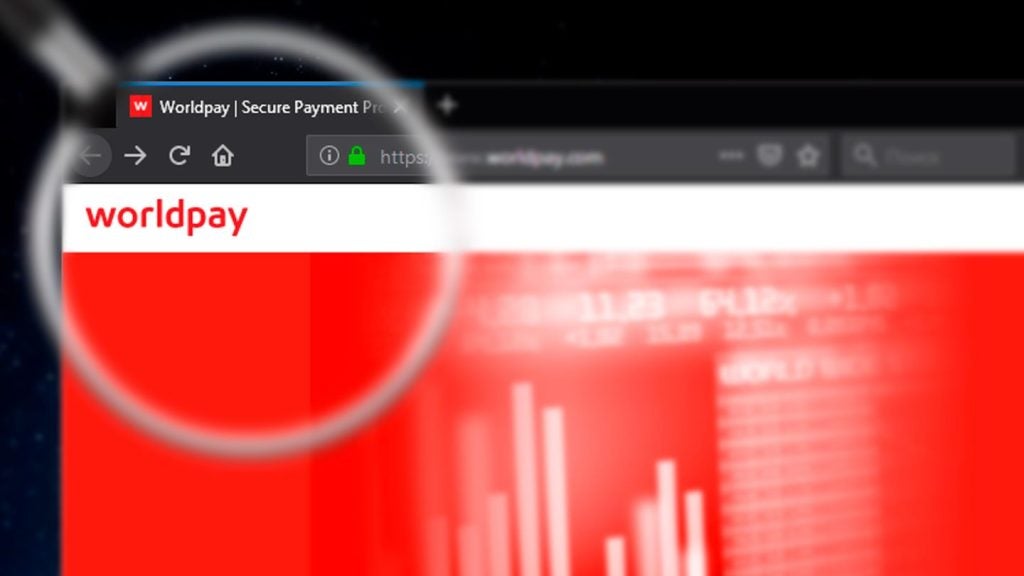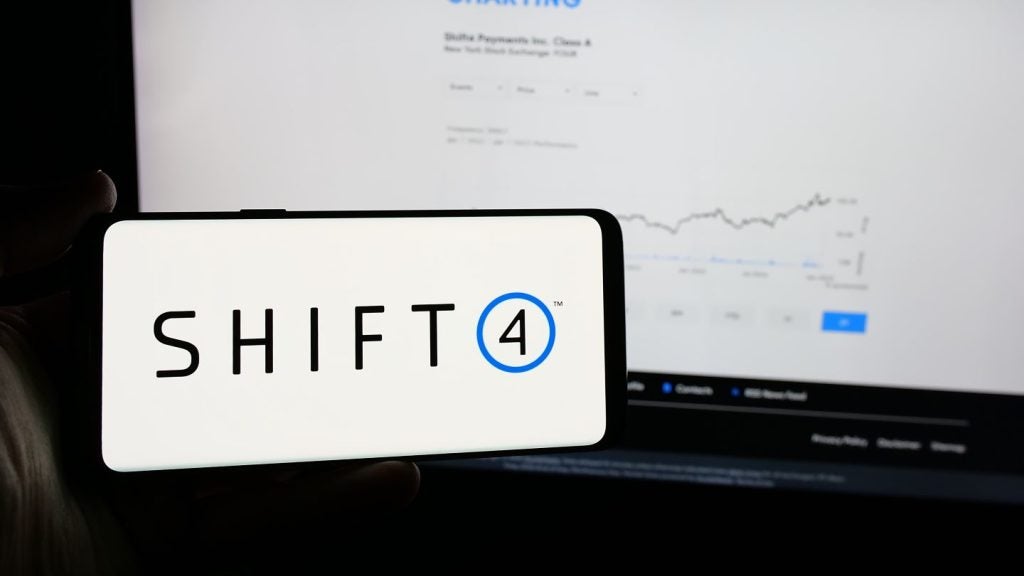Capital One, the former credit card monoline, is
no stranger to diversifying into business lines other than cards in
a bid to become a full-service bank. It acquired Hibernia Bank back
in 2005 and North Fork Bank in 2006 and began rolling out auto loan
and mortgage operations. But there is a new sense of urgency in its
planned acquisition of another regional US bank, Chevy Chase, for
$520 million in cash and stock. The deal, announced on 4 December,
is subject to regulatory approval and is expected to close by the
end of March.
 In line with other banks now pulling back from credit
In line with other banks now pulling back from credit
lending and scrambling to boost their deposit bases, Capital One
fended off competition from banking behemoth Citi to get its hands
on Chevy Chase’s deposit base worth $11 billion, giving Capital One
a combined deposit base of nearly $110 billion, along with Chevy
Chase’s 244-strong branch network stretching across Maryland,
Virginia and Washington DC. After completing the Chevy Chase
purchase, Capital One will have a managed loan portfolio of more
than $159 billion and 983 branches in total.
Capital One gets bargain
price
Chevy Chase is yet another victim of the
credit crunch, having relied heavily on selling adjustable rate
mortgages (ARMs) in regions of the US where the house price crash
has hit hardest, such as Florida and California. It is believed
that it began looking for buyers around three months ago. Capital
One stated that it was assuming that $1.75 billion of Chevy Chase’s
portfolio of loans would go into default in the coming years, most
of which would be associated with option ARM portfolios. It is this
factor that is thought to have reduced Chevy Chase’s asking price
in recent weeks.
Chevy Chase also has a significant history
when it comes to credit cards, having built up a substantial card
portfolio before selling it to Bank One. The proceeds of that sale
enabled Chevy Chase to establish and expand its branch network and
secure access to a much larger pool of customer deposits.
The Chevy Chase acquisition, along with
the $3.56 billion it received as part of the US government’s bank
bail-out programme, should help Capital One to bolster its capital
reserves sufficiently to ride out the ongoing credit crisis. Under
a new US Treasury regulation designed to encourage stronger US
banks to acquire weaker ones, Capital One is in line to receive tax
relief of up to $607 million over time, although it emphasised that
it had relied on private capital of $700 million raised in October
to fund the acquisition.

US Tariffs are shifting - will you react or anticipate?
Don’t let policy changes catch you off guard. Stay proactive with real-time data and expert analysis.
By GlobalDataGreater card losses in
2009
Chevy Chase’s deposit base will help
Capital One continue to fund its credit card lending as other
sources of funding have dried up. But it remains to be seen whether
Capital One’s card portfolio will suffer even greater losses as the
year 2009 gets underway. Moshe Orenbuch, an analyst at Credit
Suisse First Boston, told CI that Capital One’s October credit
statistics showed its US card net loss rate had increased by 20
basis points to 6.54 percent from the previous month, and its
fourth-quarter net loss rate is expected to be around 7
percent.
There could be more pain in store for
Capital One and other major US credit card issuers in the months to
come. In early December, it was announced that over 533,000 people
had lost their jobs in the US in November, far surpassing analyst
estimates and indicating charge-off and default levels could spike
even higher next year.







